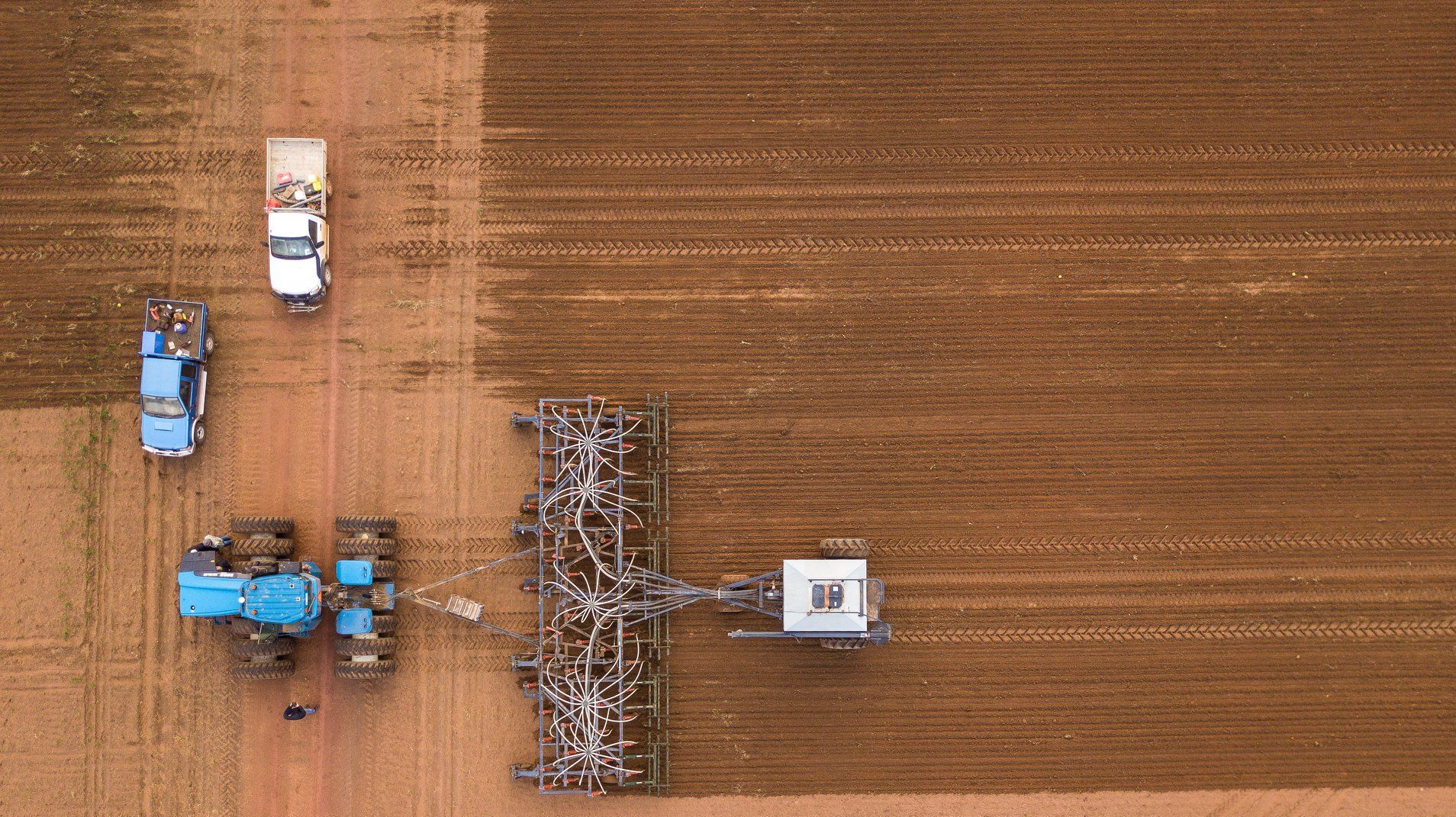1MG FlippingBooks
Agtech trends in Australia: an interview with Adam Wall
We recently spoke with Adam Wall – Asia Pacific Sales Manager at Trimble Agriculture , a global leader in positioning technology – about the challenges of integrating digital technology into the Australian farming scene and some of the trends in agtech that will change the way we farm.
Precision agriculture has been around for a long time, though it is an area that has gathered steam in the past decade as improved connectivity and technology have made agriculture a much more data-rich environment. One of the biggest challenges for the industry and technology developers is how to boil down this precision data into usable and easily-discerned information that actually helps the farmer make decisions.
Much of the early precision agriculture equipment that is now well-established on farms across the country – such as autosteer, yield monitoring and rate control – delivers a clear and tangible benefit for the farmer. But as we drill down further into on-farm data, some more recent precision agriculture solutions operate on a level where the immediate benefit may be unclear in the short term.
“In the early days it was very easy to help customers adopt precision agriculture solutions because they were so tangible,” says Adam. “We are now moving into a space where customers aren’t able to quickly identify and realise the benefits of some of the solutions being marketed.
“Australian growers are a pretty savvy bunch, and you really have to identify a holistic solutions package for those customers to get enthusiastic about your product. That means making reliable hardware, ensuring compatibility across a large range of common farm equipment and allowing customers and their advisors to share data and come up with the best decisions to increase profitability.”
It is when agtech solutions fail to address these specifications that the relationship between farmers and the technology on the market gets strained. The propensity for the industry to get swept up in the latest fads and trends also doesn’t help the situation.
The easiest example of this in recent times is the boom in popularity of drones and the plethora of aerial and spatial imaging companies that have cropped up in the past few years. While many farmers may be sceptical of such trends given the speed at which the agtech space moves, the core concept of improving on-farm data hasn’t changed.
“Regardless of whether it comes from a drone or not, every reason behind why you collect that data is still very relevant,” says Adam. “For years and years, customers have collected yield data – data that has remained dormant and never been utilised.
“It’s only now that some software solutions are allowing customers to easily load and aggregate that data to generate useful information and make tangible changes on the farm. Drones were a trend, but the type of data that was being collected had been collected for the last 15 years – it just happened to be out of a Cessna, not a drone.”
It will come as no surprise to many farmers that Adam foresees autonomous vehicles as the next big step change that will impact our farming practices. While fully autonomous vehicles may still be a long way off, the progression to get there will happen in stages.
The first stage is semi-autonomy, and it is a market that Adam predicts will open up very quickly. For Trimble, that means building equipment that will automate certain operations to make farming easier.
“We’re developing solutions to ensure that you’re not just hands free in the field, but hands free at the headland,” says Adam. “Trimble’s NextSwath™ and NextSwath™ Connect are available today and are good examples of both automated headland turning and automated headland management operations.
“Fully autonomous solutions – like the vehicle CASE IH developed and brought to Australia last year – probably won’t play a role on farm any time in the near future. But I think semi-autonomous, retrofittable equipment attached to contemporary vehicles is absolutely something that’s not far away.”

















